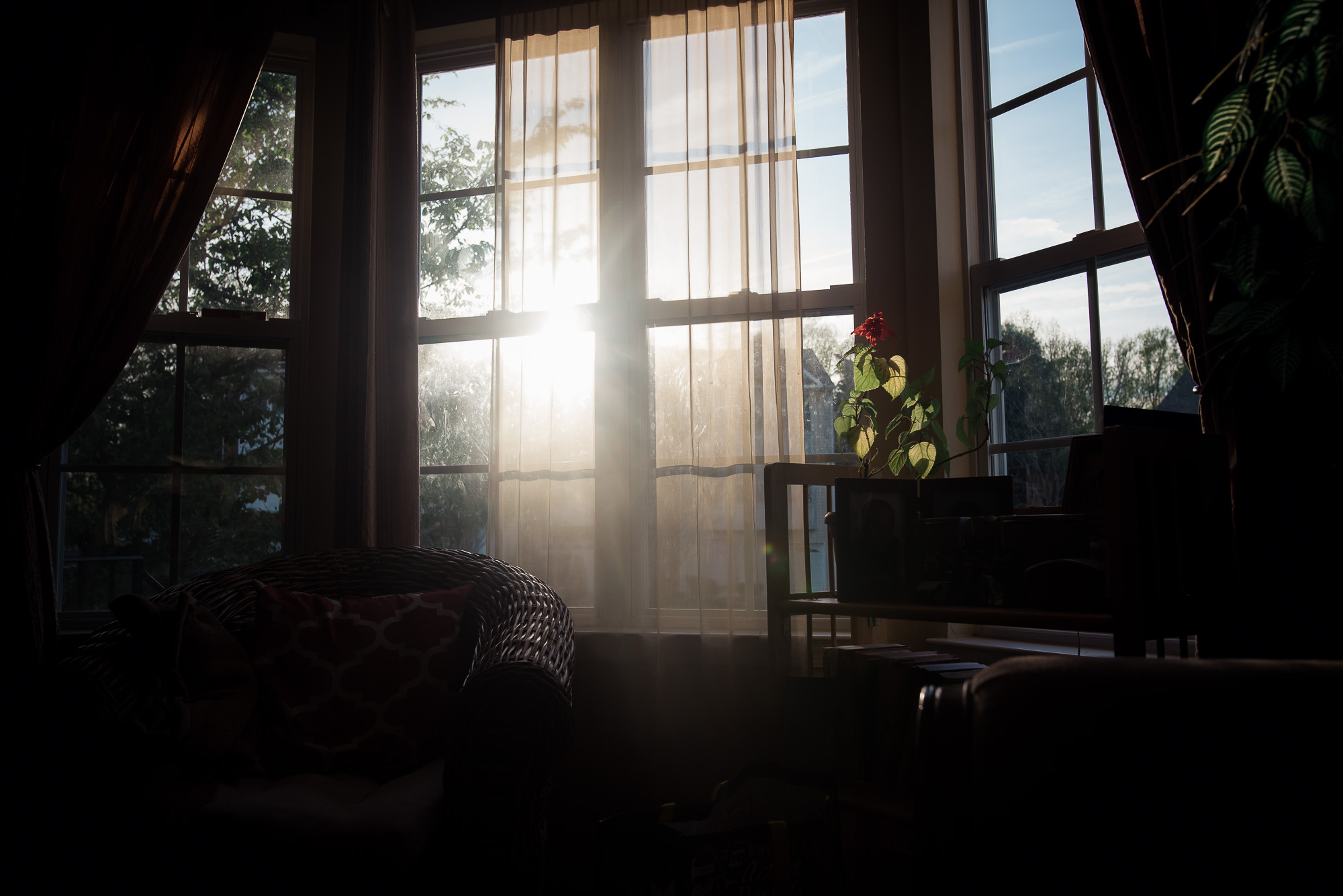
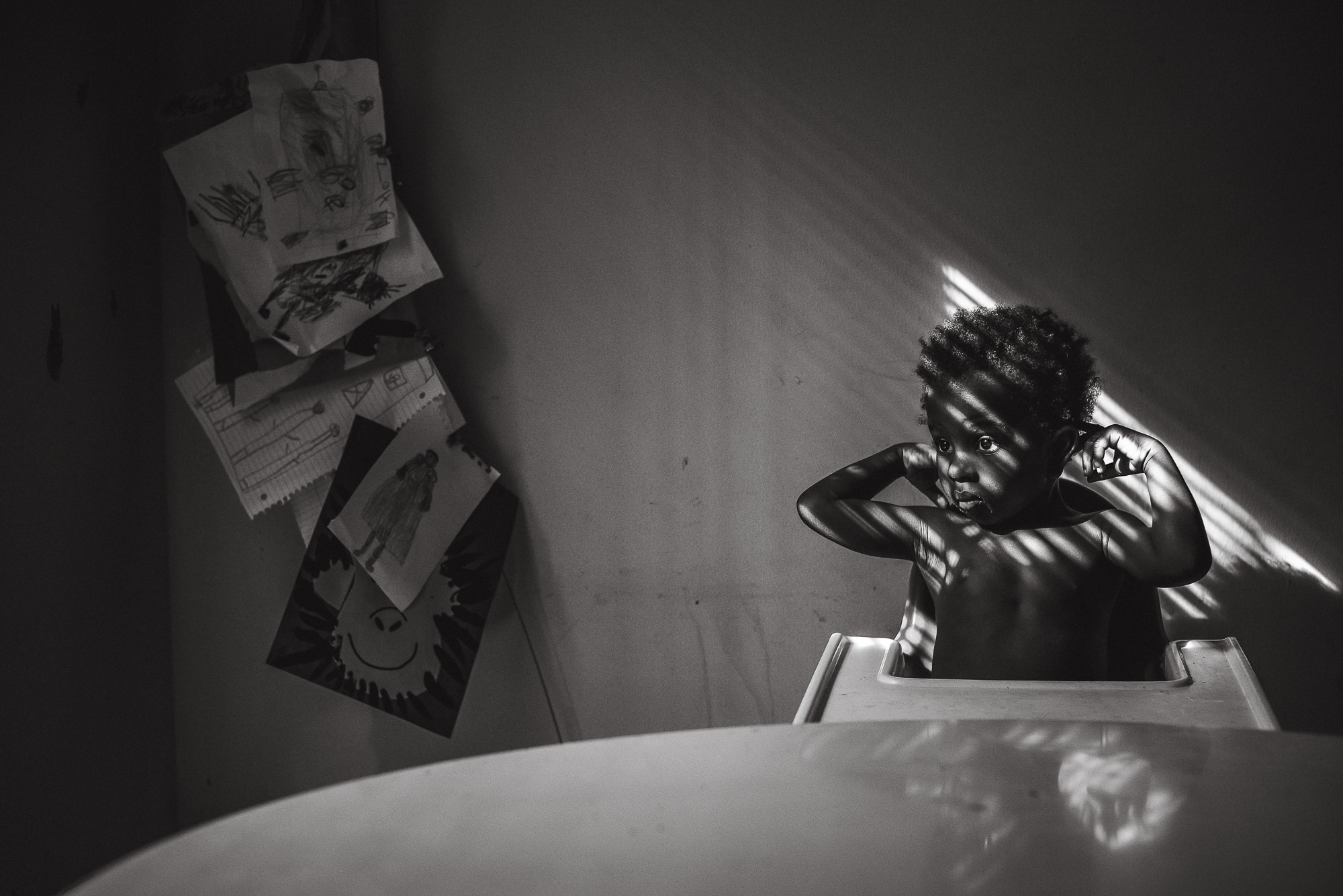 Slow down, be present, and live in the moment. A few of the words I’m repeating to myself lately. Earlier this year, I hit an impasse in my photography journey. I was feeling bored and unfulfilled in my creative process. I asked myself:
Slow down, be present, and live in the moment. A few of the words I’m repeating to myself lately. Earlier this year, I hit an impasse in my photography journey. I was feeling bored and unfulfilled in my creative process. I asked myself:
- What am I doing to do next?
- How do I want to improve?
- How can I become better?
- Do I want to do this anymore?
Wondering how I pushed past it? Enter my friend, adviser and mentor (since I can’t afford one right now)…mindfulness.
I know, I know. Mindfulness has become one of those buzz words… but I don’t care. I’m willing jump on the bandwagon as it pertains to this topic because I truly believe that if more people adopted this practice, we would be happier and more fulfilled.
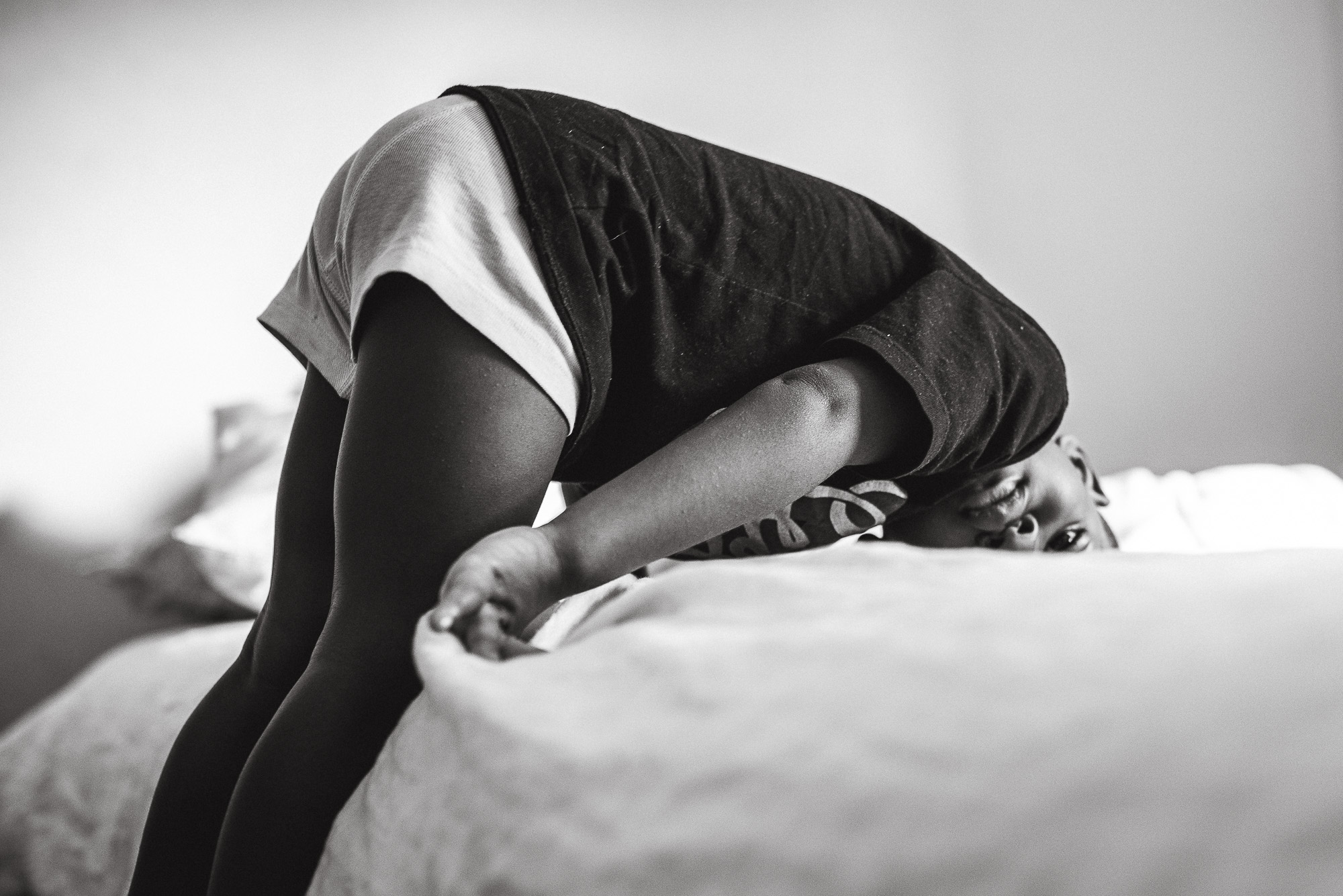
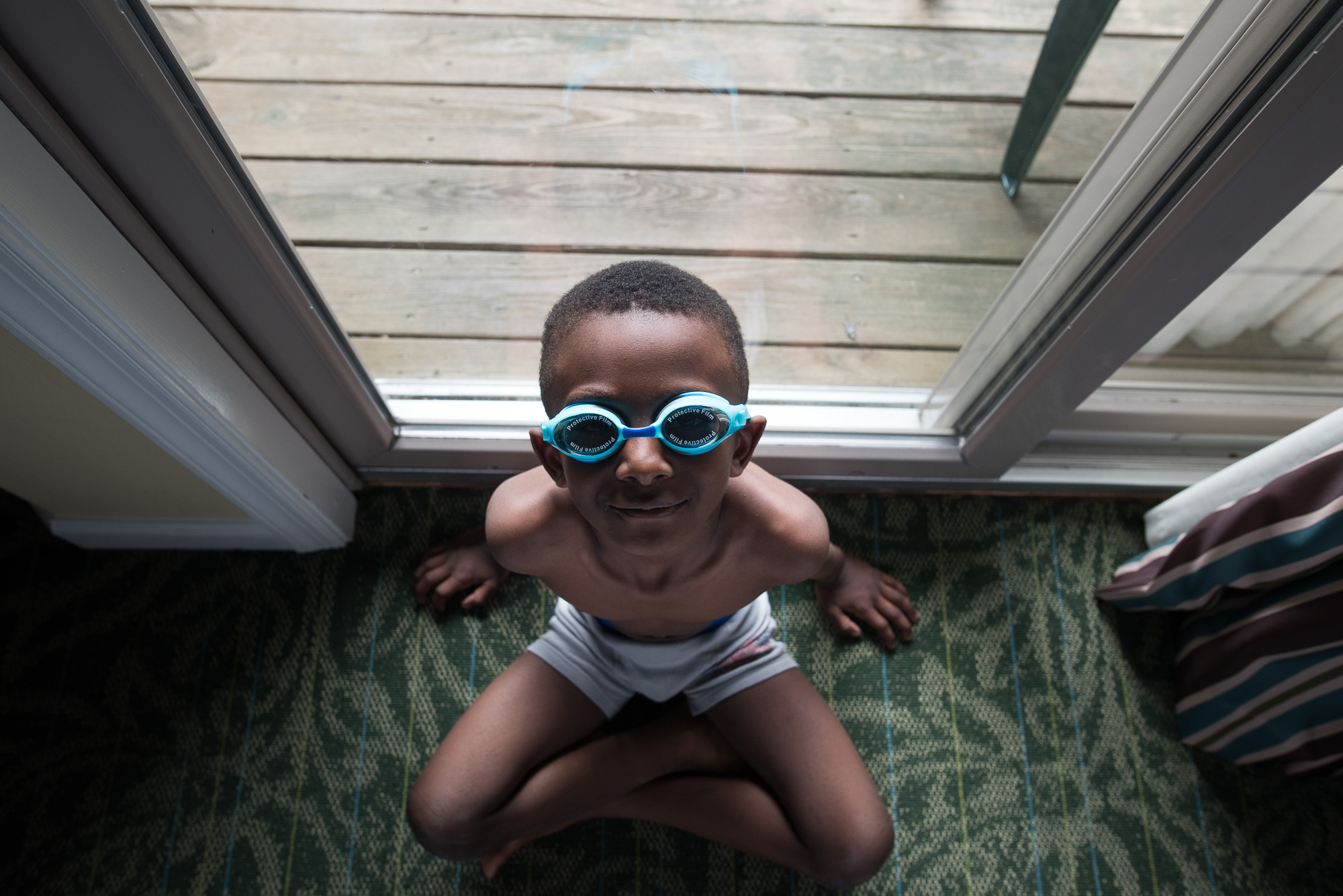 Focusing on being mindful and present means that I can be more intentional about what takes up my time and space. If you are like me and want to be a better artist; this means you can spend more time making better images and less time worrying about what other people are doing. Mindfulness keeps you focused on the task at hand and allows you to rely on your own voice instead creating images for clients, likes or social acclaim.
Focusing on being mindful and present means that I can be more intentional about what takes up my time and space. If you are like me and want to be a better artist; this means you can spend more time making better images and less time worrying about what other people are doing. Mindfulness keeps you focused on the task at hand and allows you to rely on your own voice instead creating images for clients, likes or social acclaim.
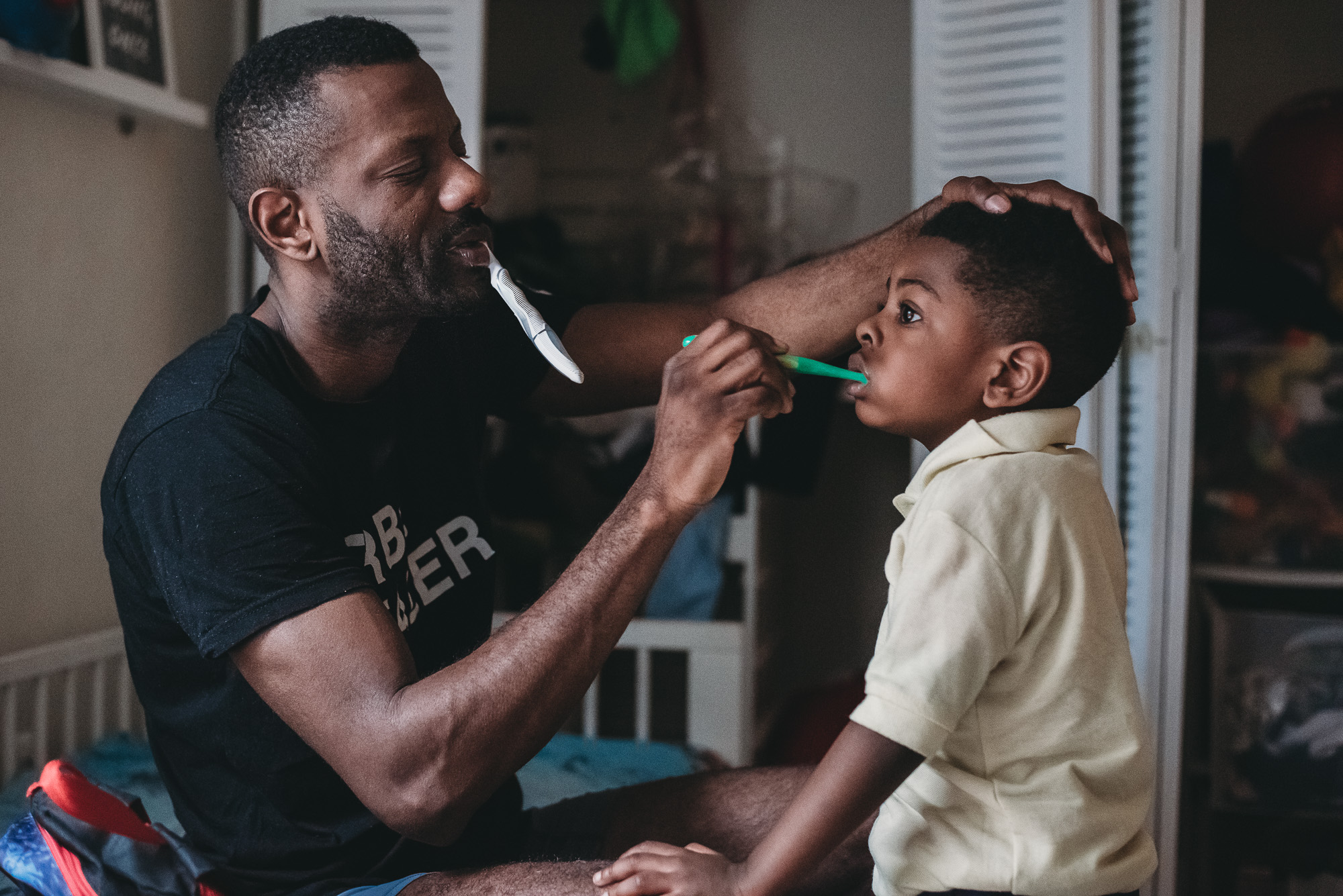
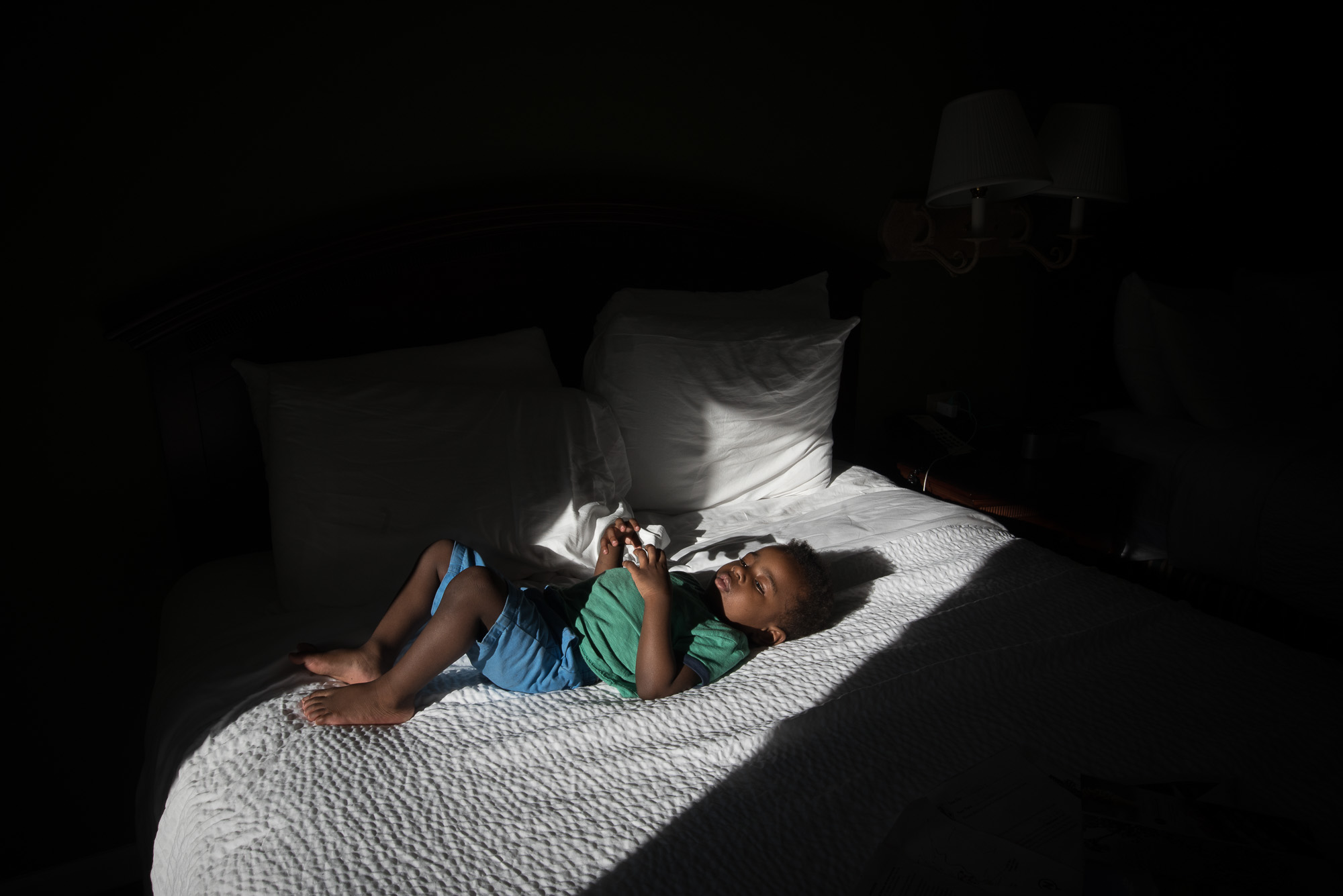
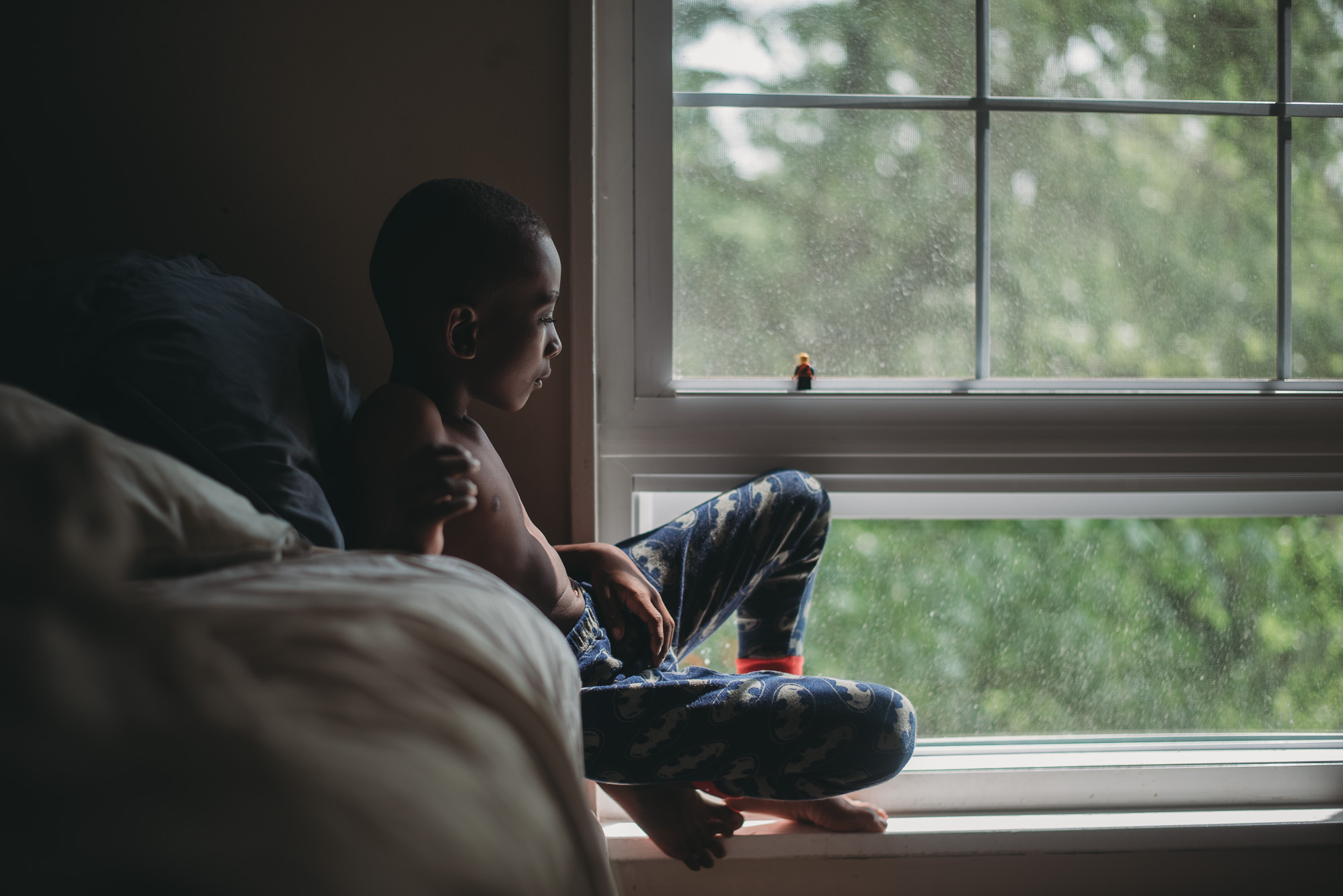 Here are a few tactics I have used to practice mindful photography and improve my work:
Here are a few tactics I have used to practice mindful photography and improve my work:
Re-evaluate the why: I started this process by asking a myself a few questions. Do I know why I take pictures? Has it changed since I first started my journey, if so, why? I wrote down the answers and memorized them. I often recite them before I pick up my camera. A lot of us have forgotten why we picked up the camera in the first place. We are afraid to try something new b/c we’ve labeled ourselves as a certain type of photographer. Taking the time to answer these questions will arm you with the power to be intentional with the images you make.
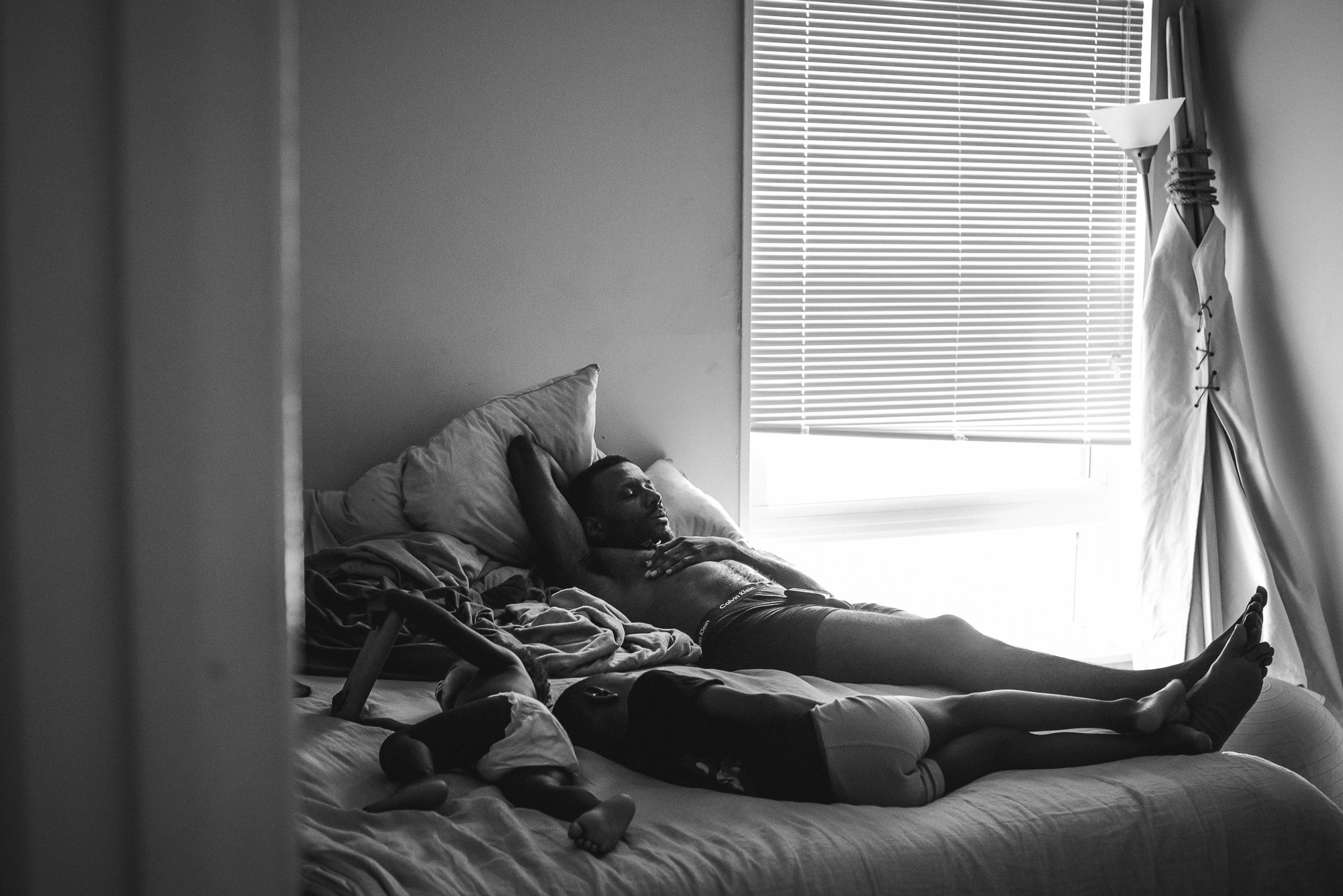 Mediate early and often: Beginning my day with mediation has done wonders for my creative process. It has taught me how to focus my mind and helps me eliminates distractions and reminds me that it’s OK if I get off task as long as I return to my breath. It has become second nature for me to take a couple of deep breaths to center my thoughts and set my intention before I begin to shoot. It’s important not to overthink our work b/c overthinking kills creativity and keeps your mind outward rather than inward.
Mediate early and often: Beginning my day with mediation has done wonders for my creative process. It has taught me how to focus my mind and helps me eliminates distractions and reminds me that it’s OK if I get off task as long as I return to my breath. It has become second nature for me to take a couple of deep breaths to center my thoughts and set my intention before I begin to shoot. It’s important not to overthink our work b/c overthinking kills creativity and keeps your mind outward rather than inward.
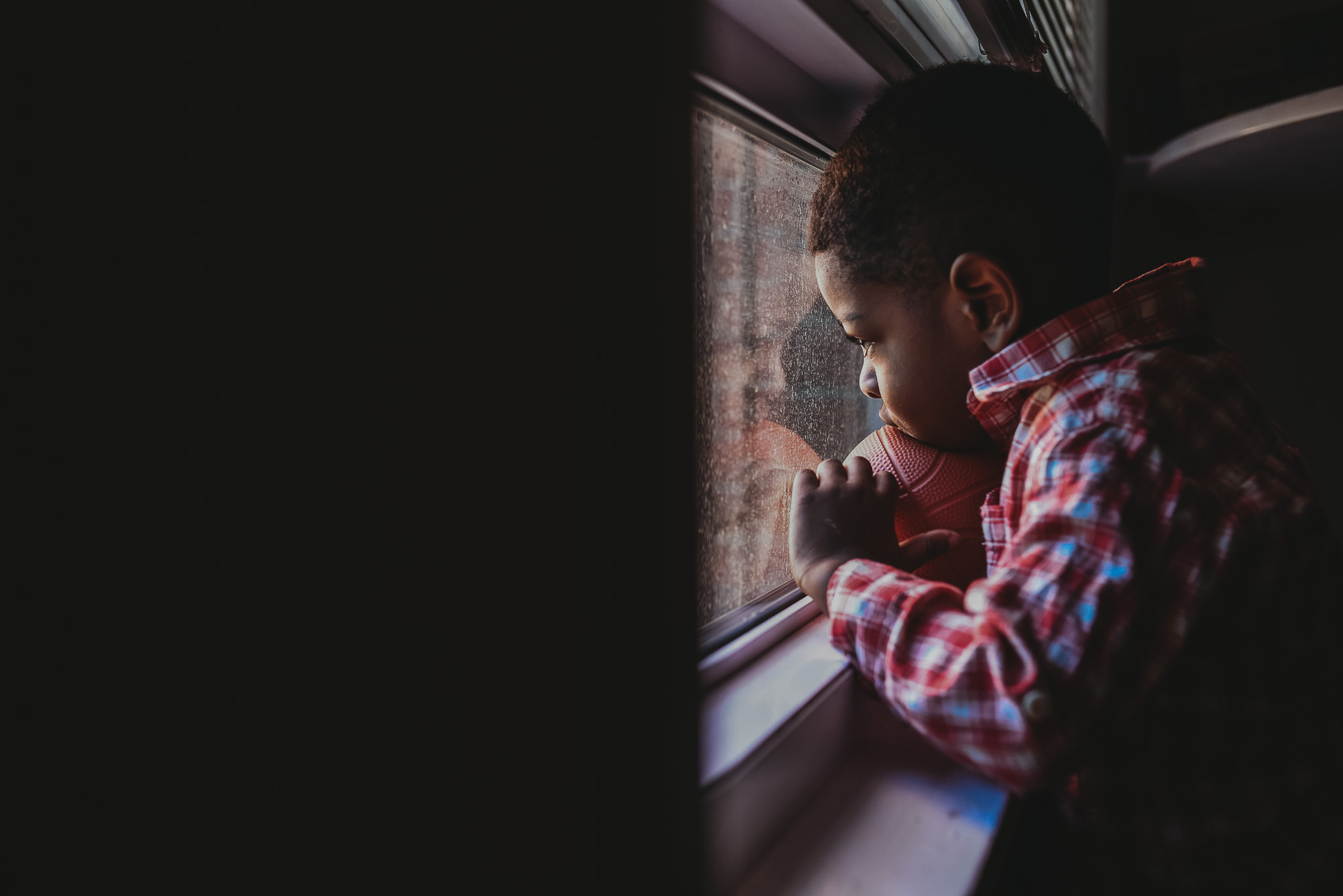 Keep a journal: Keeping a journal has been a wonderful addition to my mindfulness practice. Journaling is a great tool for for reflection and accountability, plus writing down my intentions and goals can helps increase motivation and allow you to gain greater self-awareness. When I head to a photo session, I write a few intentions in my journal. They might be specific to the client and what I hope to accomplish or they might be about how grateful I am to have the gift of creating meaningful images. After the session, I write things down things that stood out to while I was shooting. Was I nervous, did I feel uncomfortable with a certain setting or lighting situation. Was there a particular situation that threw me off task or balance? Then I make a list of those things and study them at home for next time.
Keep a journal: Keeping a journal has been a wonderful addition to my mindfulness practice. Journaling is a great tool for for reflection and accountability, plus writing down my intentions and goals can helps increase motivation and allow you to gain greater self-awareness. When I head to a photo session, I write a few intentions in my journal. They might be specific to the client and what I hope to accomplish or they might be about how grateful I am to have the gift of creating meaningful images. After the session, I write things down things that stood out to while I was shooting. Was I nervous, did I feel uncomfortable with a certain setting or lighting situation. Was there a particular situation that threw me off task or balance? Then I make a list of those things and study them at home for next time.
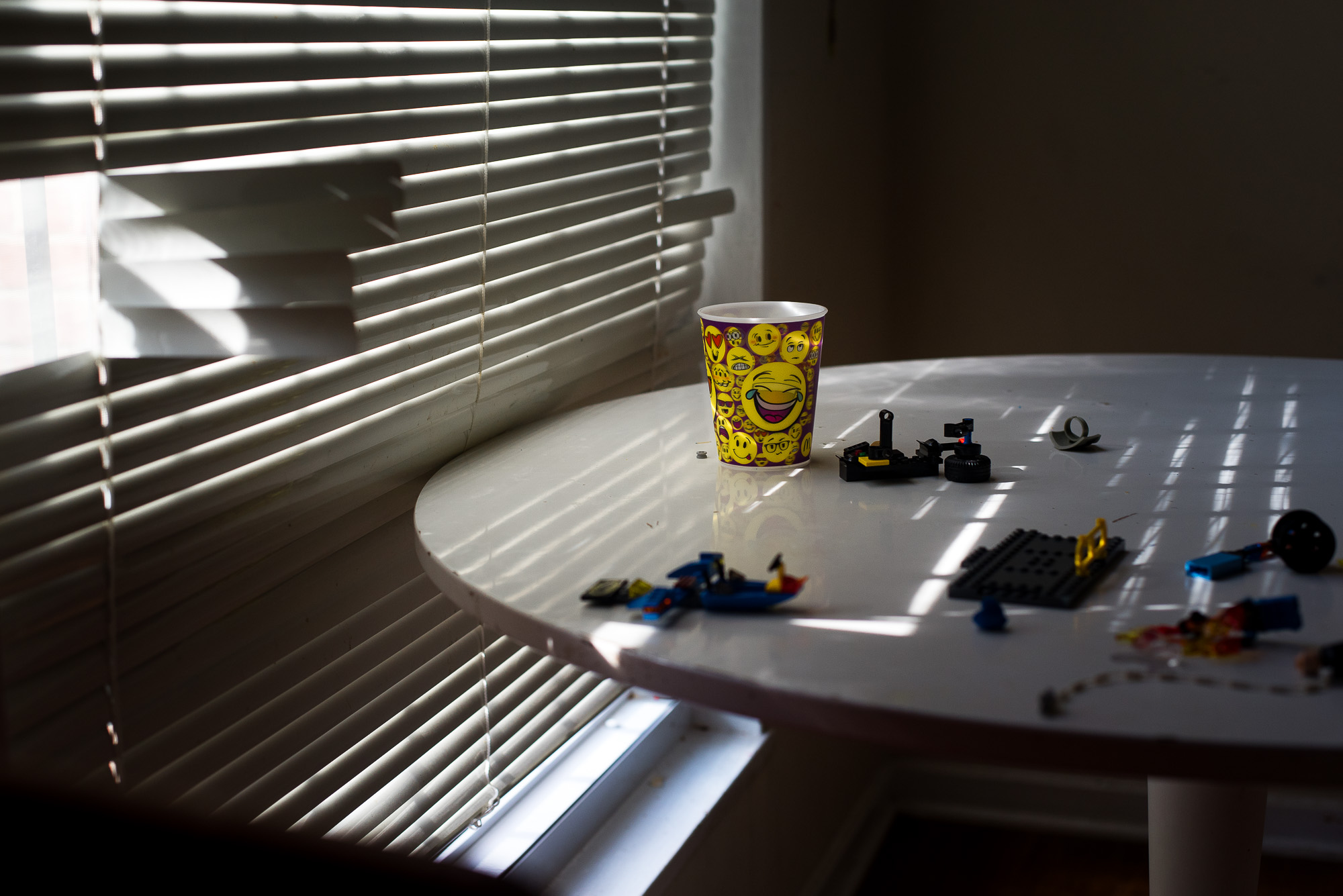 Take fewer images: This one is the hardest for me, but I think it’s an important tactic that will remind me to focus on capturing what I am moved by. To get started, you can try a challenge where you only take three photos a day for 30 days. The point is to encourage you to be more present with each shot and only take photos that peak your personal interests. If you shoot with your mobile phone often like I do, try out a program like 1 Hour Photo, an app that makes you wait an hour to see the photo after it’s taken. It’s a small thing, but since we are used to immediate gratification, this can train your mind to be more present with the images you take, so you get the shot you desire.
Take fewer images: This one is the hardest for me, but I think it’s an important tactic that will remind me to focus on capturing what I am moved by. To get started, you can try a challenge where you only take three photos a day for 30 days. The point is to encourage you to be more present with each shot and only take photos that peak your personal interests. If you shoot with your mobile phone often like I do, try out a program like 1 Hour Photo, an app that makes you wait an hour to see the photo after it’s taken. It’s a small thing, but since we are used to immediate gratification, this can train your mind to be more present with the images you take, so you get the shot you desire.
BONUS
Shoot film: This is a bonus because it’s on my to-do list for next year. I think it goes without saying that shooting film means you have to put more thought and contemplation into your work. This will ensure that you are more mindful because it eliminates the luxury that come with digital photography and our reliance on post processing.
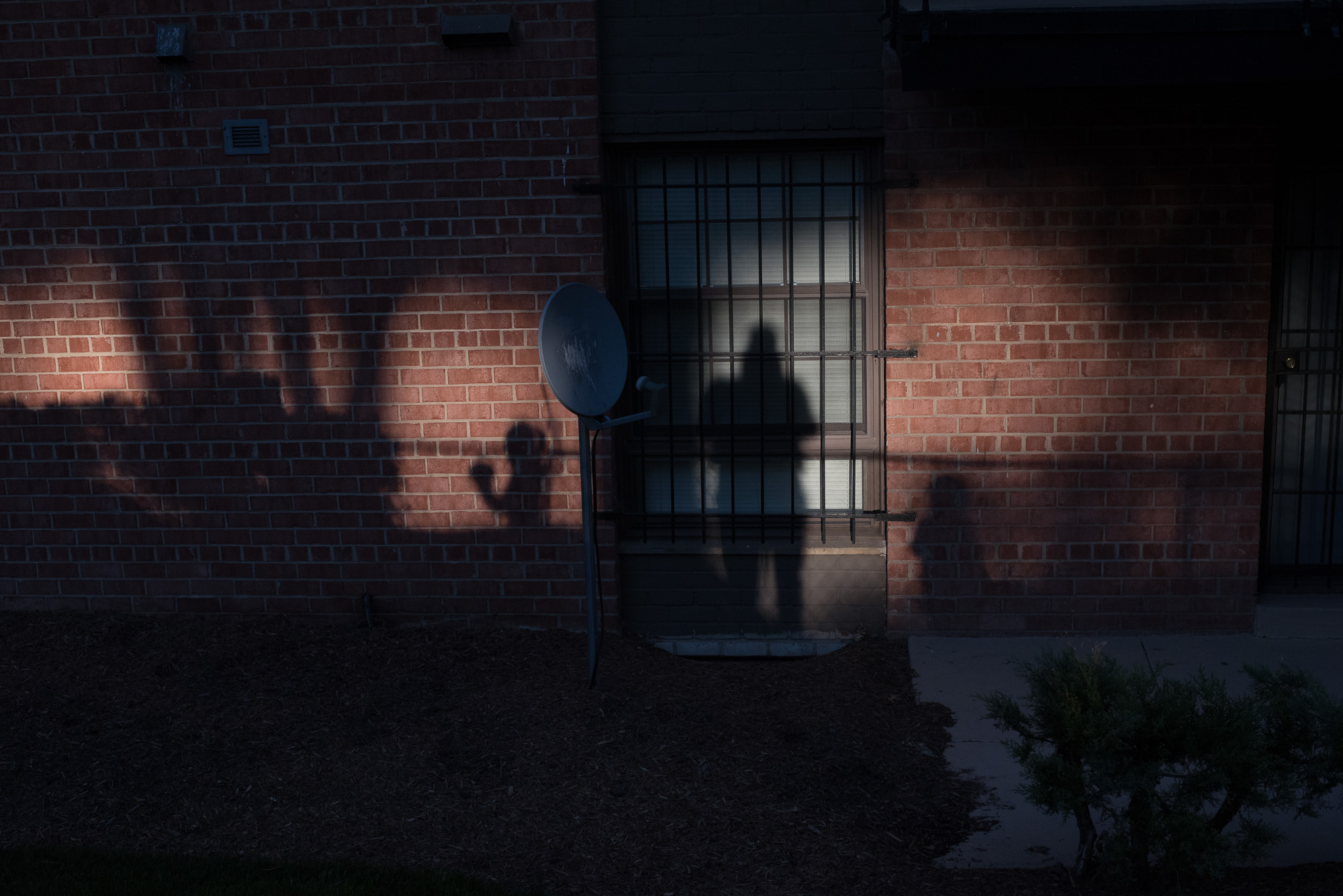 Remember, mindfulness is a natural quality that we all possess. The ability to be present and apply focus and attention to our work is completely up to us.
Remember, mindfulness is a natural quality that we all possess. The ability to be present and apply focus and attention to our work is completely up to us.
Love this one, Leslie!
Thank you so much Erika 🙂